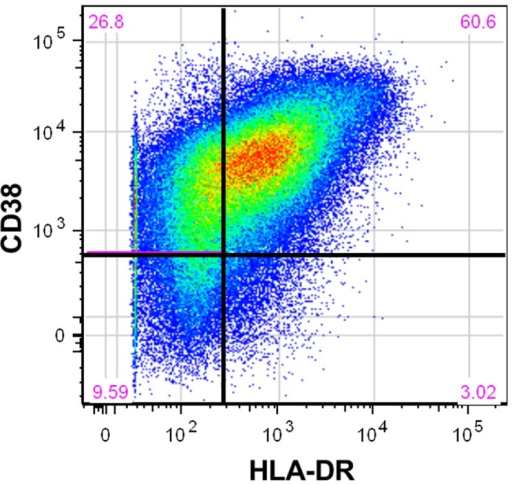

Here, cell types show differential light scattering characteristics unique to cell types. Inside which, cells ideally flow one cell at a time through a laser beam. Diagnosis of health disorders such as blood cancersįurthermore, the suspension of the sample with several types of cells in fluid allows flowing through the flow cytometer.Determining cell characteristics and function.Usually, different parameters measured by flow cytometry include Also, the first impedance-based flow cytometry device was invented by Wallace H. – Comparison of Key Differences Key TermsĪctivated Fluorescence, FACS, Flow Cytometry, Heterogeneous Cell Mixture, Light Scattering What is Flow Cytometryįlow cytometry is an analytical cell biology technique, permitting to determine different parameters of living cells in a heterogeneous mixture. What is the Difference Between Flow Cytometry and FACS What are the Similarities Between Flow Cytometry and FACSĤ. Generally, flow cytometry involves the cell analysis and measuring protein expression as a further analyzing technique of FACS, which involves sorting out of cells in a mixed population. In brief, flow cytometry and FACS are two techniques in analytical cell biology used to profile cells in a heterogeneous mixture. Moreover, flow cytometry uses a sensor to acquire data, but FACS uses an electromagnet to sort the sample. Furthermore, flow cytometry uses the differential light-scattering properties of cells to collect data, while FACS uses highly specific antibodies tagged with fluorescent dyes to differentiate between cell types. But, FACS ( fluorescence-activated cell sorting) is a derivative of flow cytometry that allows to physically sort a heterogeneous mixture of cells into different populations. The main difference between flow cytometry and FACS is that flow cytometry allows to rapidly, accurately, and simply collect data related to many parameters from a heterogeneous fluid mixture containing live cells.


 0 kommentar(er)
0 kommentar(er)
